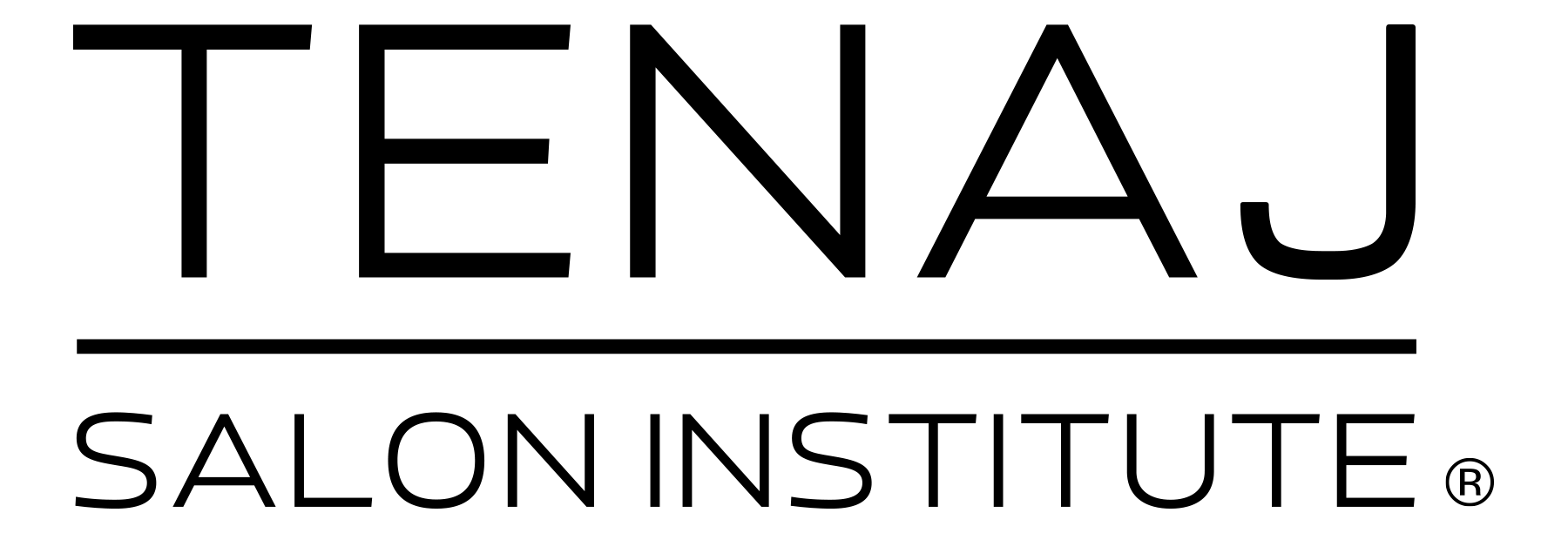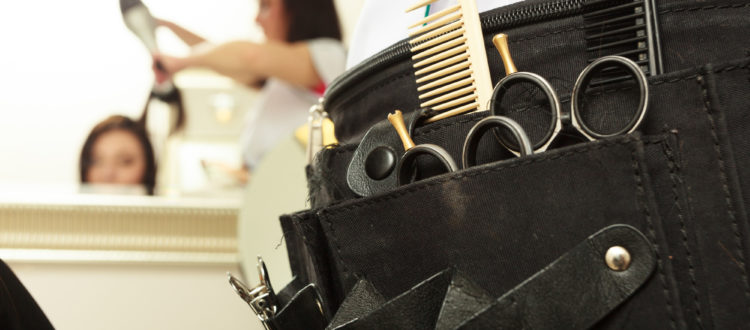The Best Hair Layering Types for Your Client’s Face Shape
According to INSIDER, clients with ‘vague demands’ or ‘no idea what they want’ are two of the most common and frustrating instances for hairstylists.
With top buzzwords like ‘shag’ and ‘texture’ circling the salon, you are guaranteed to encounter your fair share of these uncertain clients.
How you handle these generic asks could make or break your career.
We’re breaking down the ever-popular request to help you wow your clients and determine which hair layering types are best for your client’s face shape.
Flattering Their Face
Before you can decide which layering type will best suit your client’s face, you need to know what face shape you’re dealing with.
Is their face longer with a squared jaw? Perhaps you are dealing with a rectangular face.
Does the widest point fall at their forehead with a narrow jawline? A perfect example of a heart shape.
Familiarize yourself with the basic face shapes and how to identify them to streamline the consultation process and deliver face-flattering styles effortlessly.
Rectangle
Your client’s forehead and jawline are roughly the same width, and their face is about twice as long as it is wide.
Aim to soften the sharpness in these wider areas by drawing attention away and accentuating the cheekbones with volume. Think long bobs and tapering in around the jawline.
For longer hairstyles, soft layers with flattering feathering around the chin to avoid drawing the shape down and elongating the face.
Oval
Similar to the rectangular face shape, if your client has a longer face but you find the widest part to be their cheekbones. They have rounded features along their jaw and forehead.
The oval shape is perhaps the most versatile shape to work with. This is the easiest face shape to compliment as most lengths will work in your favor to flatter and draw attention to these easy lines.
Just the same as rectangular shapes, avoid elongating layers and opt for cutting in just under the chin to frame the face and add some dimension.
Square
This shape will be recognized by a similar face length to width ratio with minimal cheekbone curves and a forehead spanning about the same width as the jawline.
We want to draw attention from the sharp jaw and forehead here, just like a rectangular shape. Unlike our rectangular friend, we actually want to elongate the facial features instead of broadening the face with choppy volume.
Go for longer bob cuts with little layering — a bonus for thin hair as weighted down styles will reduce flyaways!
For long hair, keep the hair layering soft with short or medium lengths to reduce boxy angles.
Round
We are looking for the same length to width radio here as we did with the square shape. Notice how your client’s forehead and chin round in and don’t have the same broad effect as the square.
Our goal is to slim this face shape by adding in volume up on top and again around the jawline.
Short, choppier styles can provide some definition to the jawline while longer styles can be used to elongate the features, much like the square shape.
We don’t need to disguise any sharpness in the jawline here, so utilizing longer discrete layers will work wonders.
Heart
This shape will commonly see a rounded hairline with a peak or ‘v’ in the center of the forehead. The forehead and cheekbones will be the widest point of the face with a narrow, pointy chin.
Aim to even out the face by helping the hair fall away from the jawline instead of sinching it in. We want to create the appearance of the chin being wider and the face being slimmer
Go for medium layers for a slimming look, aiming for cheek length and below with volume around that jawline mark.
Diamond
Look for a narrow forehead and pointy chin with the widest point at their cheekbones. The length of this face will be about the same as the widest point.
Working with this face shape will be very similar to the heart shape.
Go for cheek and below hair layering types with flowy volume that falls away from the face. Add extra volume on top to balance this face shape and slim the widest point.
Triangle
If the widest part of the face falls at the jawline, with a rounded, thinner forehead, you are dealing with a triangle.
Balance out the narrow forehead by suggesting a fringe or high centered volume.
Avoid bottom-heavy styles that draw attention to the chin area and opt for long layers instead.
You may find layering hair colors to add in volume a great option for this shape as well. If your client is unsure about coloring or back and forth on the topic, you can utilize these secrets to help pick a color.
Hair Layering Types and Lengths
Remember to take each client’s hair type and desired length into consideration.
If your client aligns with the square face shape, has long, coarse waves, and wants to keep as much length as possible, that’s great!
Utilize their wavey style to add in face-framing layers around the chin. Thicker hair types will feel great with a little less density around the ends.
Have a client with fine, fly-away prone hair? Avoid the short layers and opt for heavier, longer layering options instead of the feathery, wispy style.
Raise Your Layering Scissors
No matter how difficult the client, we’re confident that with your training and expertise you’ll have that client skipping out the door with her face-flattering new do.
Ready to enhance your skills? Contact us to take your passion to the next level.
Whether you’ve got questions about hair layering types or you’re eager to get started on your path to becoming a hair saving hero, we’re here to answer your questions and jump start your cosmetology career.

